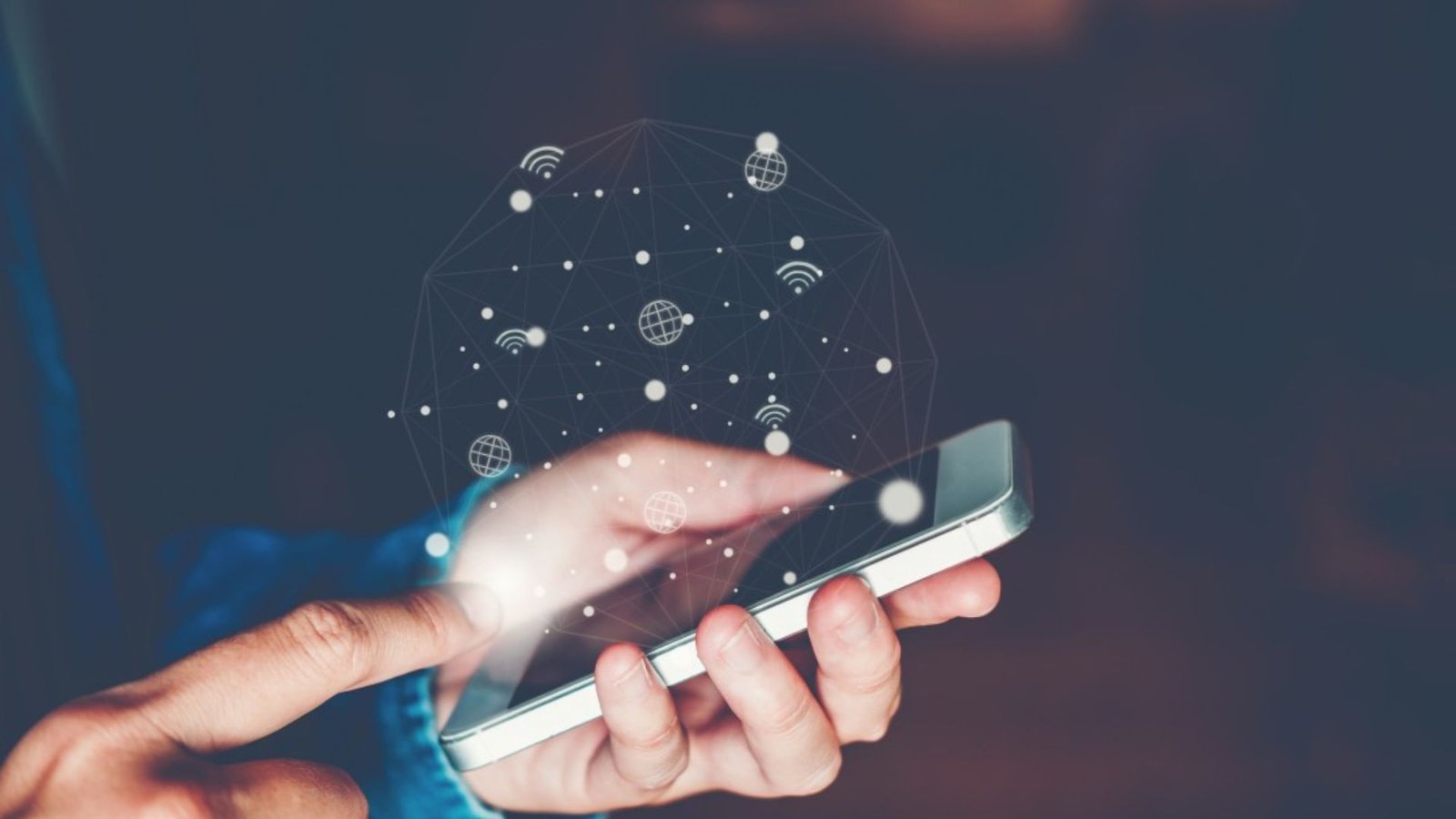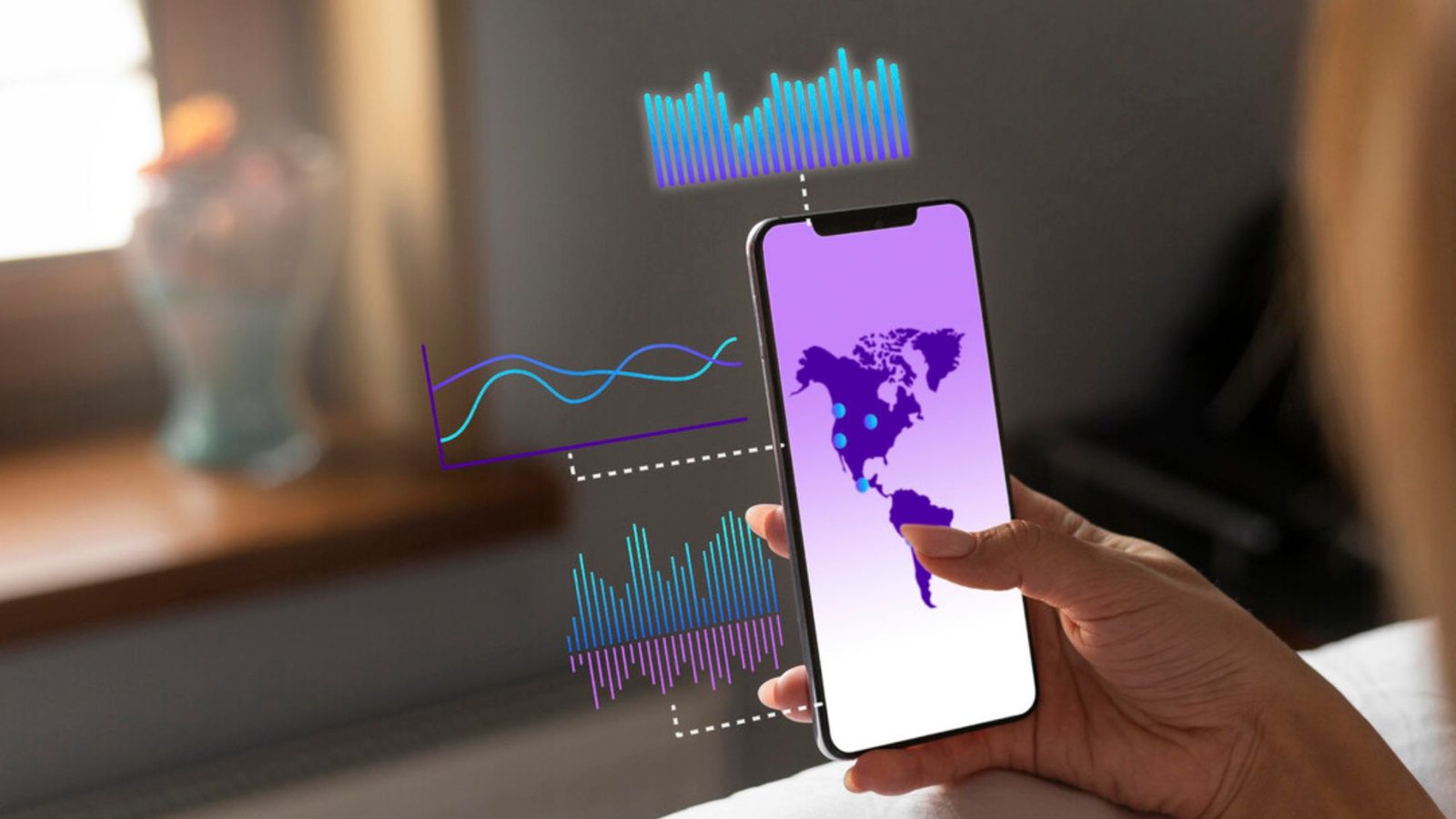Mobile marketing has revolutionized the way businesses connect with consumers. With the widespread use of smartphones, companies have a direct line to their audience, influencing consumer behavior in real-time. Here’s a look at how mobile marketing impacts consumer behavior.

Increased Accessibility
Mobile marketing makes it easier for consumers to access information anytime, anywhere. With smartphones always within reach, consumers can quickly search for products, compare prices, and make purchases on the go. This convenience has shifted consumer expectations, making speed and accessibility critical factors in their decision-making process.
Personalized Experiences
Mobile marketing allows for highly personalized consumer experiences. Through data analytics and tracking, businesses can deliver tailored content, ads, and offers based on a user’s behavior, preferences, and location. This level of personalization increases engagement, as consumers are more likely to respond to content that feels relevant to their needs.
Instant Communication
With mobile marketing, businesses can communicate instantly with consumers through SMS, push notifications, and social media. This immediacy keeps brands top of mind and allows for timely interactions, such as sending a discount code while a customer is browsing your site. Instant communication also plays a role in impulse buying, as consumers are more likely to make quick decisions when presented with timely offers.
Social Influence and Reviews
Mobile marketing amplifies the power of social influence. Consumers can easily share their experiences, read reviews, and see what others are saying about a product or service through social media and review platforms. Positive reviews and recommendations from friends or influencers can significantly sway purchasing decisions, making social proof a crucial aspect of mobile marketing.
Enhanced Customer Loyalty
Loyalty programs have become more effective with mobile marketing. Businesses can create mobile apps that offer rewards, track points, and send personalized offers to keep customers engaged. The convenience of having a loyalty program accessible on a smartphone increases participation and strengthens customer loyalty.
Location-Based Marketing
Location-based marketing allows businesses to target consumers based on their geographic location. By using GPS and proximity technology, companies can send relevant offers or information to consumers when they are near a store or in a specific area. This targeted approach enhances the relevance of marketing messages and can drive foot traffic to physical locations.
Shift Toward Mobile Shopping
The rise of mobile shopping has changed the way consumers browse and purchase products. With mobile-optimized websites and apps, consumers can shop effortlessly from their phones. This shift has led to an increase in mobile commerce (m-commerce), with many consumers now preferring to shop on their smartphones rather than desktops.
Consumer Expectations of Instant Gratification
Mobile marketing has contributed to a culture of instant gratification. Consumers now expect quick responses, fast delivery, and immediate access to information. Businesses that can meet these expectations by optimizing their mobile marketing strategies are more likely to retain customers and encourage repeat purchases.
Conclusion
Mobile marketing has significantly impacted consumer behavior, making interactions more immediate, personalized, and convenient. As smartphones continue to dominate the consumer landscape, businesses must adapt their marketing strategies to meet the evolving expectations of mobile-savvy customers. By leveraging mobile marketing effectively, companies can influence purchasing decisions, build stronger relationships, and ultimately drive sales.




